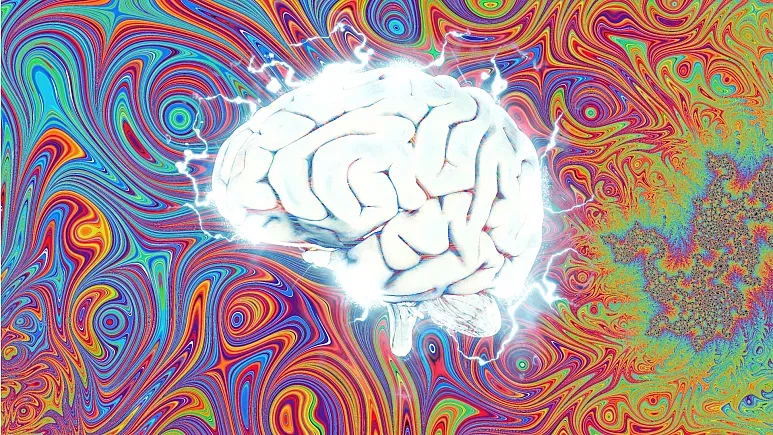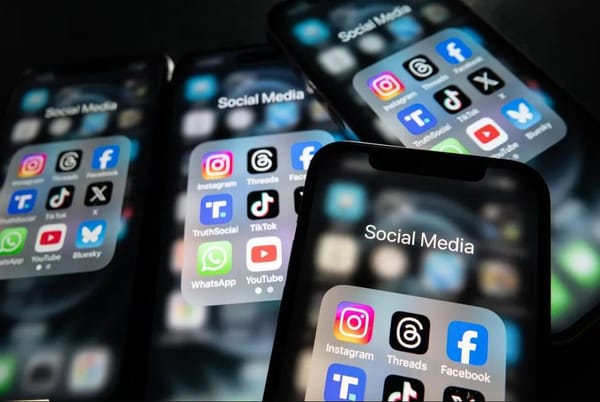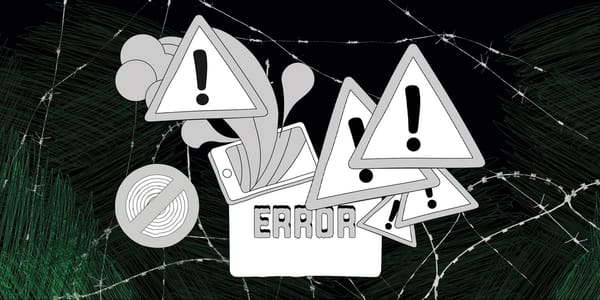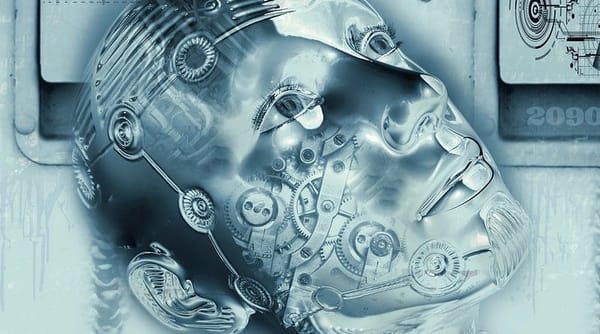New study shows that the psychedelic known as DMT causes the brain to become hyperconnected
The researchers noted that certain patterns similar to those observed in the brains of individuals who had taken DMT, although not necessarily to the same extent, were also apparent in experienced meditators during meditation

N-dimethyltryptamine, or DMT for short, is widely acknowledged as one of the most potent psychedelics available to human beings.
“The DMT experience is one in which people report going into a different dimension, an alternate reality that feels convincingly real, even more real than this everyday reality. One that has a spiritual significance,” Christopher Timmermann, a cognitive neuroscientist at the Centre for Psychedelic Research at Imperial College London, told Nautilus in an interview.
During the immersive and highly concentrated altered state of consciousness induced by DMT, individuals remain fully awake. They experience vivid and intense imagery superimposed in their field of vision and may even communicate with sentient entities on a profound level. In contrast to other psychedelic substances like LSD or mushrooms, whose effects can linger for hours, the effects of DMT, when inhaled or injected, typically last only for a short duration of 5 to 15 minutes.
Recently, Timmerman and a group of researchers published a study in the Proceedings of the National Academy of Sciences detailing their investigation into the neural mechanisms underlying the quintessentially human experience induced by DMT, which had remained largely unknown until now. The study involved enlisting 20 healthy participants who, on two separate occasions, received either a highly potent, intravenous dose of DMT or a placebo. During both sessions, the participants' brains were examined using functional MRI and electroencephalography (EEG), representing the first instance in which both technologies have been utilized concurrently to study the effects of DMT on brain activity.
“This approach offers an important advancement because it enables the direct observation of changes in neuronal activity (EEG) in parallel with indirect changes seen through the fMRI blood oxygen level-dependent (BOLD) signal,” the researchers explained.
Timmerman and his colleagues obtained some extraordinary insights into the brain in a DMT-altered state. They observed a breakdown in the brain's hierarchical organizational structure, which was replaced by a state of heightened global interconnectivity. The level of brain entropy, which refers to the range of neural states that a particular brain can access, exhibited a significant increase.
“The brain usually functions in this modular, organized, hierarchical way,” Timmermann explained in his Nautilus interview. “You have different networks and systems that crystallize as we grow older. What we see with DMT is that the systems that generate complex behaviors and tasks stop working in this specialized fashion. They start to work in synchrony with the rest of the brain.”
“We also see the major rhythms of the brain — that serve a largely inhibitory, constraining function — break down,” Timmerman’s co-author, Robin Carhart-Harris, a professor of neurology and psychiatry at the University of California-San Francisco, added when speaking to The Guardian.
The researchers noted that certain patterns similar to those observed in the brains of individuals who had taken DMT, although not necessarily to the same extent, were also apparent in experienced meditators during meditation, in individuals with schizophrenia, and in infants. This observation indicates that the brains of these individuals may process and perceive the world in a distinct manner.
It is widely accepted that the brain constructs our perception of reality. Although many individuals may recognize this as a factual statement on an intuitive level, it is challenging to fully embrace it. Timmermann asserts that the use of DMT and other psychedelics serves to make the constructed nature of reality overtly evident to those who partake in them.
Thanks for visiting Our Secret House. Create your free account by signing up for free or log in to continue reading.





